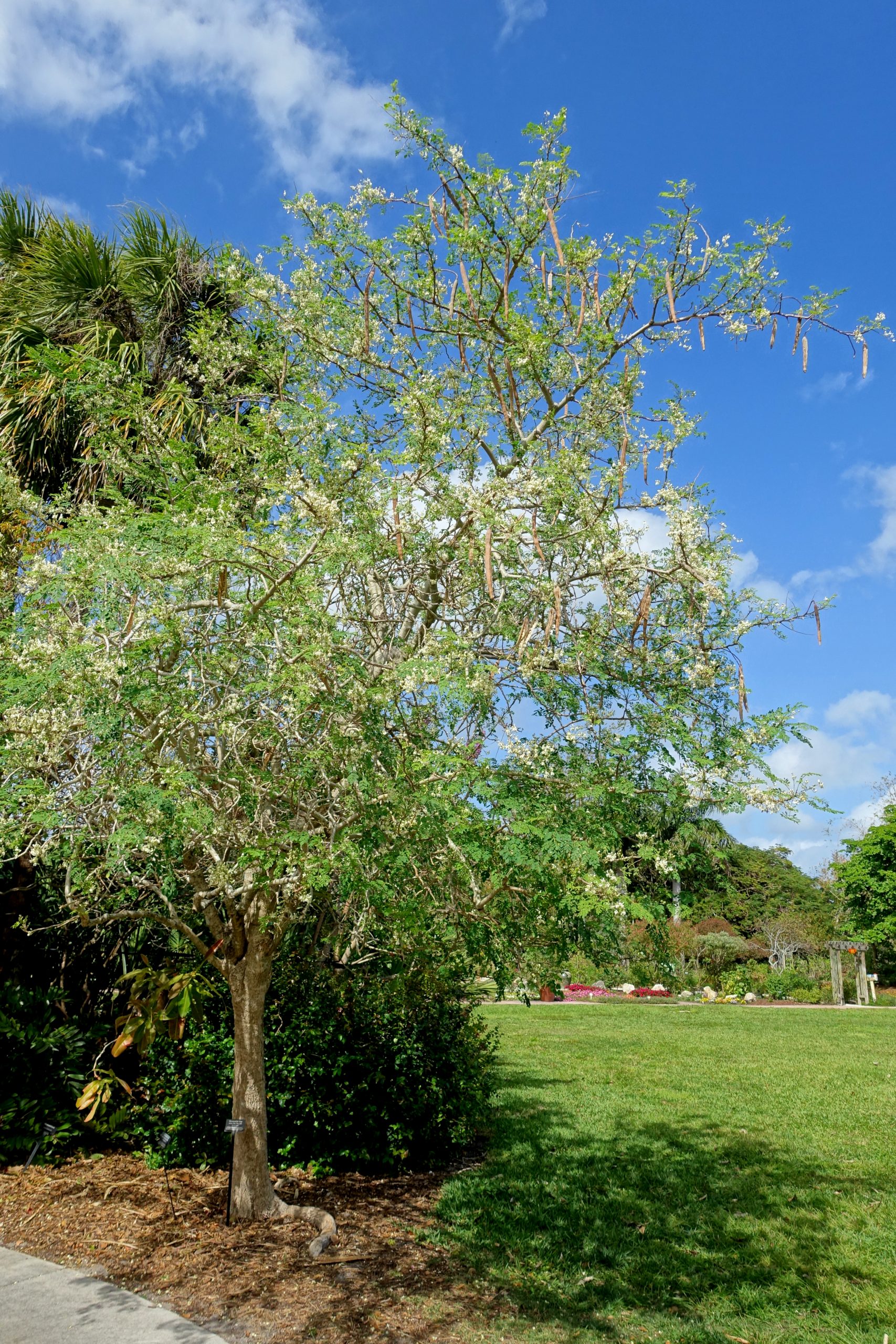Description
Moringa Oleifera (Drumstick Tree) is fast-growing and can reach a height of 30 to 40 feet. It is a slender tree with an open irregular droopy crown. It also has fragile disorganized branches and a thick trunk with grayish corky bark. Also, young shoots have green to purple hairy bark. Besides, leaves are large feathery, 8 to 28 inches long overall, compound tripinnate with leaflets 1/2 to 1 inch long. Besides, they are often mistaken for leguminous tree leaves. It has conspicuous, lightly fragrant flowers borne in clusters 4 to 10 inches long. The blooms are white to cream color and about 1 inch in diameter.
Furthermore, the fruit is a very long slender pod, resembling a huge bean, 1 to 3 1/2 feet long, green to reddish in color containing numerous winged seeds. Also, the tree is grown from seeds or cuttings. In Asia, Moringa Oleifera (Drumstick Tree) is grown for its edible seed pods and leaves, and for its edible kernel oil.
For leaf production, the tree needs pruning to stimulate leaf growth. The leaves, flowers, and seeds have reputed medicinal value for numerous maladies, including cancer. The tree is hardy and can be grown in a range of soil types, but prefers well-drained sandy or loamy soils. In landscaping, the drumstick tree is a highly unusual specimen tree given its odd shape and large leaves and seed pods.
Other names: Horseradishtree.






